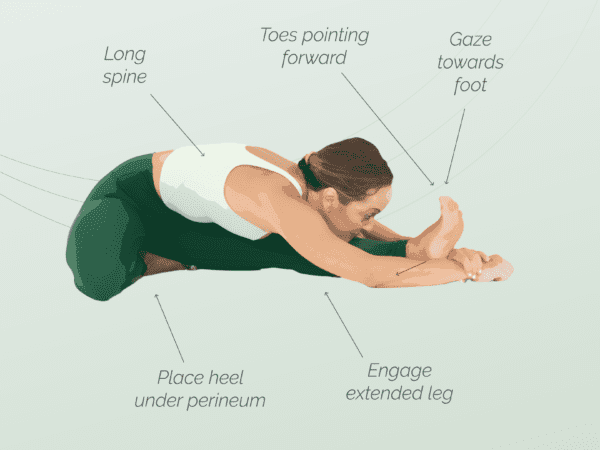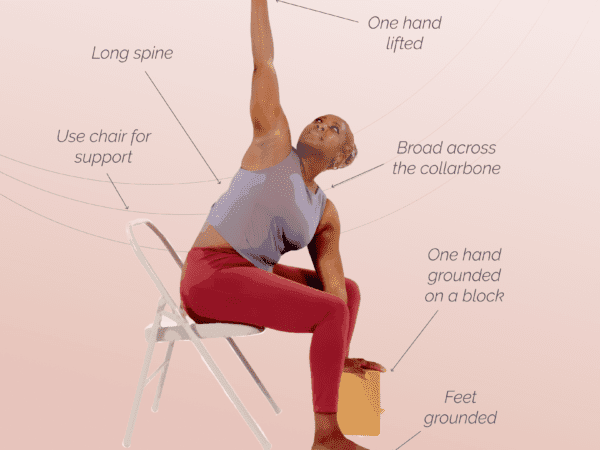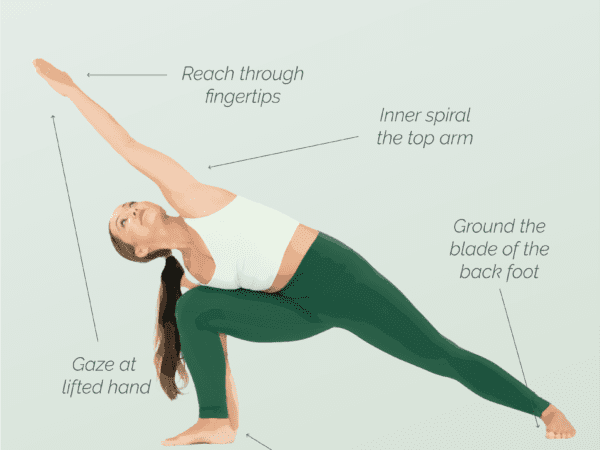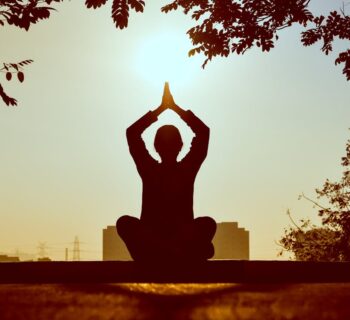Modified tree pose is a variation of the popular yoga pose, vrksasana, that offers the same benefits but with added support and stability. This modification is perfect for beginners or those who may need help with balance.
What are the benefits of modified tree pose?
Modified tree pose, also known as vrikshasana, is a variation of the traditional tree pose in yoga to make the pose accessible. This pose offers numerous benefits for the mind, body, and overall well-being. Here are some of the advantages of practicing the modified tree pose:
1. Improved balance: Modified tree pose is an excellent way to enhance your balance and stability. By standing on one leg and focusing on a fixed point, you strengthen the muscles in your feet, ankles, and legs, which helps to improve your overall balance.
2. Increased focus and concentration: This pose requires concentration and mental focus to maintain balance. By practicing the modified tree pose regularly, you can train your mind to stay present and focused, enhancing your ability to concentrate in other aspects of your life.
3. Strengthened leg muscles: As you engage your leg muscles to maintain the pose, you build strength in your calves, thighs, and glutes. Regular practice of the modified tree pose can help tone and strengthen your legs over time.
4. Improved posture: Modified tree pose encourages proper alignment of the spine, which can improve your posture. By engaging the core muscles and lengthening the spine, this pose helps to combat the negative effects of sitting for long periods and promotes a tall and upright posture.
5. Increased flexibility: While modified tree pose mainly focuses on balance, it also helps in improving flexibility. Stretching the hip flexors and opening the hips in this pose can help increase flexibility and range of motion.
Are there any risks associated with modified tree pose?
Modified tree pose, also known as modified Vrksasana, is a popular yoga pose that offers several modifications for individuals with limited balance or flexibility. While modified tree pose is generally considered safe for most people, there are still a few risks associated with this pose that should be taken into consideration.
1. Balance issues: Tree pose, in its traditional form, requires a good sense of balance. Although modified tree pose provides more stability, there is still a risk of losing balance and potentially falling. It is important to practice this pose near a wall or use a chair for support if needed, especially for beginners or people with balance issues.
2. Joint strain: Modified tree pose primarily focuses on the standing leg while lifting the opposite foot and placing it against the inner thigh or calf. This can put strain on the knee joint, especially if the foot is placed too high on the thigh. It is crucial to listen to your body and avoid any discomfort or pain. If the knee feels strained, it is recommended to place the foot lower on the calf or use a prop like a yoga block for support.
3. Hip misalignment: Placing the lifted foot against the inner thigh may cause hip misalignment, especially if excessive force is applied. This misalignment can put stress on the hip joint and lead to discomfort or injury. To prevent this, focus on gently pressing the foot against the leg without forcefully pushing it.
4. Falling risk during transitioning: Moving in and out of modified tree pose can increase the risk of falling, especially if done too quickly or without proper control. It is important to take your time and be mindful of your movements when transitioning into and out of this pose to minimize the risk of injury.
To minimize the risks associated with modified tree pose, it is important to practice proper form and alignment, listen to your body, and make any necessary modifications or use props for support. If you have any pre-existing injuries or conditions that may be affected by this pose, it is recommended to consult with a qualified yoga instructor or healthcare professional before attempting modified tree pose. Additionally, it is always important to warm up before practicing any yoga pose and to stop immediately if you experience any pain or discomfort.
How does one do modified tree pose?
To perform the modified tree pose, follow these steps:
1. Begin by standing tall with your feet together and your arms by your sides. You can have a chair or wall next to you to help with your balance.
2. Shift your weight onto your left foot and root down through your foot.
3. Slowly bend your knee and lift your right foot off the ground. Place the sole of your right foot against the inside of your ankle with your toe on the floor, left inner calf, or inner thigh. Place your foot as high as you feel comfortable. Avoid placing it against your knee joint to prevent any strain or injury.
4. Find your balance by focusing on a fixed point in front of you.
5. Once you feel stable, engage your core muscles and lengthen your spine. Keep your shoulders relaxed and away from your ears.
6. If you feel like you’re ready you can try letting go of the wall or chair that is helping your balance and putting your hands in front of you in prayer pose. If you want to challenge your balance further, you can extend your arms overhead, keeping them parallel to each other or bringing the palms together.
7. Hold the modified tree pose for a few breaths or as long as it feels comfortable for you.
8. To release the pose, slowly lower your right foot back to the ground and return to a standing position with both feet together.
How long should one stay in the modified tree pose?
The duration one should stay in the modified tree pose can vary depending on several factors, including your comfort level, experience with yoga, and overall physical condition. Generally speaking, holding the modified tree pose for at least 20-30 seconds is a good starting point. This allows your body to settle into the posture and reap its benefits. However, as you become more proficient, you can gradually increase the duration up to 1-2 minutes or even longer if you feel comfortable.
It’s important to listen to your body and avoid pushing yourself too far beyond your limits. If you feel any discomfort or strain, it’s advisable to come out of the pose immediately. Remember that yoga is a practice of self-awareness and self-care, so honor your body’s signals and adjust accordingly.
Additionally, it’s beneficial to focus on maintaining proper alignment throughout the pose. Pay attention to your breath, allowing it to be steady and calm. This will help you find balance and stability in the modified tree pose.
Lastly, keep in mind that yoga is not solely about holding poses for a specific duration. It’s about being present in the moment, connecting with your body and breath, and finding a sense of inner peace. So, while the recommended duration for the modified tree pose is a helpful guideline, it’s equally important to approach your practice with mindfulness and intention.
Are you looking for more guidance on your yoga journey? Sign up for Omstars to get access to thousands of yoga classes in the comfort of your own home. Click here to start your subscription.










